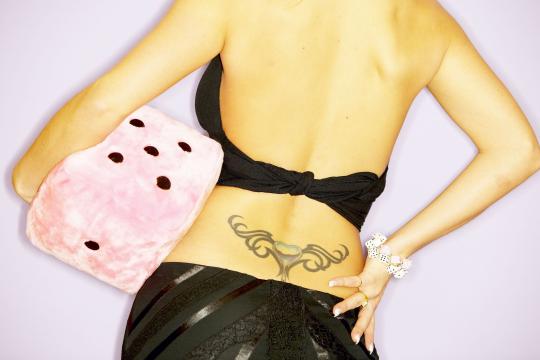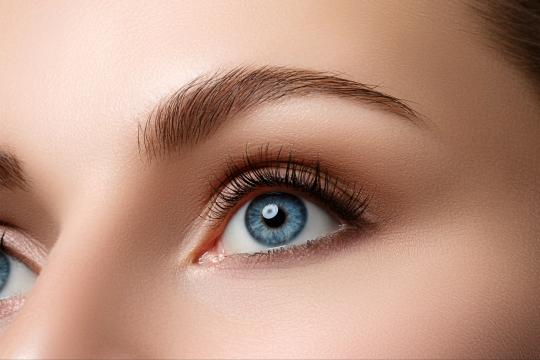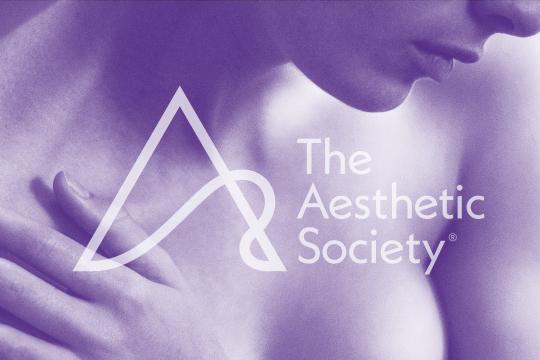
When I was getting dressed recently, and noticed some very unsightly new additions on my thighs, it hit me fast and hard: I had become my grandmother - and was now the proud bearer of her infamous spider vein-covered legs. While I’ve never been in love with my legs, (and had resigned myself to the fact that I’d never be asked to model swimsuits,) I had never felt self-conscious about them until both I and random strangers noticed the change. My legs were quickly becoming covered in these teeny but unsightly spider veins. They had taken up residence all over the place!
Apparently though, I am not alone in having these dilated capillaries on my skin, resembling spider legs. In fact, an estimated 30% to 60% of adults have varicose veins or spider veins and they often appear out of the blue. Such is the case with spider veins - and while they are usually small, they really are quite unsightly. Various treatments are available but now there is a new treatment modality pioneered by Dr. Kenna Given which can improve spider veins and have less risk for potential complications.
According to Dr. Given this new novel therapy, as published in the Aesthetic Surgery Journal consists of a micro-needle with an insulated shaft and exposed beveled tip. The needle is introduced through the skin into or on the spider vein and a low-voltage current is then applied to obliterate the vein. It delivers as much bang for less buck than other treatment options – making it very worthy of consideration for anyone looking to take out those troublesome telltale signs of aging… creepy crawly spider veins!
Referred to as the “Given Needle” technique, I asked its pioneer Dr. Given a few more questions to get a better sense of this groundbreaking treatment and here’s what he had to say:
Melissa Chapman: What are the risk factors that predispose someone to develop spider veins and what percentage of women are affected?
Dr. Given: Family history is the most common predisposing factor for spider veins. Other factors include pregnancy, prolonged standing, obesity, use of estrogen or progesterone hormone supplementation, trauma, and sun damage. The incidence of spider veins has been reported to be present in 41% of women over fifty.
MC: What are the possible treatments currently available for spider veins?
Dr. Given: The most common traditional treatment of spider veins is sclerotherapy. Sclerotherapy involves an injection of a solution (generally a salt solution) directly into the vein. The solution irritates the lining of the blood vessel, causing it to swell and stick together, and the blood to clot. Over time, the vessel turns into scar tissue that fades from view. Lasers have also shown similar results.
MC: Have the results improved with your new therapy?
Dr. Given: The results from this modality are similar to sclerotherapy. However, the low cost and low level of complications offers a reasonable alternative to sclerotherapy and laser.
MC: What are the complications with sclerotherapy treatment and laser treatments of spider veins?
Dr. Given: The most common complications with sclerotherapy include tissue necrosis, ulceration, scaring, pigment changes, formation of new spider veins, and allergic reactions. Complications with the laser treatment include pain, pigment changes, scarring and ulceration.
MC: Have you seen any complications after treatment with the Given Needle?
Dr. Given: The most common complication with the Given Needle was skin redness which persisted for several weeks.
MC: What is the recovery time and healing time with the new therapy compared to older methods?
Dr. Given: The three week recovery period is similar to sclerotherapy and laser treatment assuming there are no complications.
MC: You said that the most common complication with your new procedure for spider veins includes redness and bruising that might persist for about 2 - 3 weeks. Does this mean that there is less of a chance of other complications like tissue necrosis, ulceration, scaring, pigment changes, formation of new spider veins, allergic reactions and pain which can occur with more traditional laser treatments and/or sclerotherapy?
Dr. Given: Yes.
What I love most about this new treatment for spider veins is that it is not only as effective, but appears to have less severe complications which are more likely with traditional sclerotherapy and laser treatments. And to boot, it’s less expensive! A win-win all around! Of course, it is always best to use the method your physician is most familiar with, but as this new method becomes more popular it may be the treatment you should choose for spider veins – and worth seeking out a board-certified physician who is well-versed with this treatment.
Please note, utilization of devices described above for obliteration of spider veins has been in the literature for many decades; however the Given needle provides a new twist to an old method. For more information on treatments for spider veins, visit the procedure page





